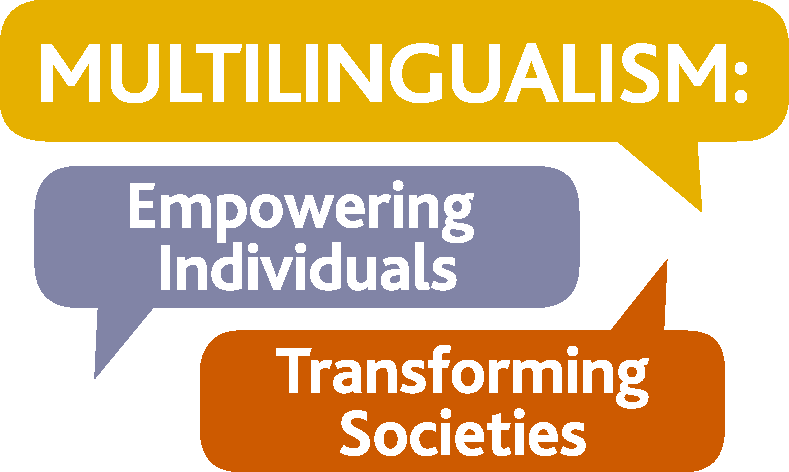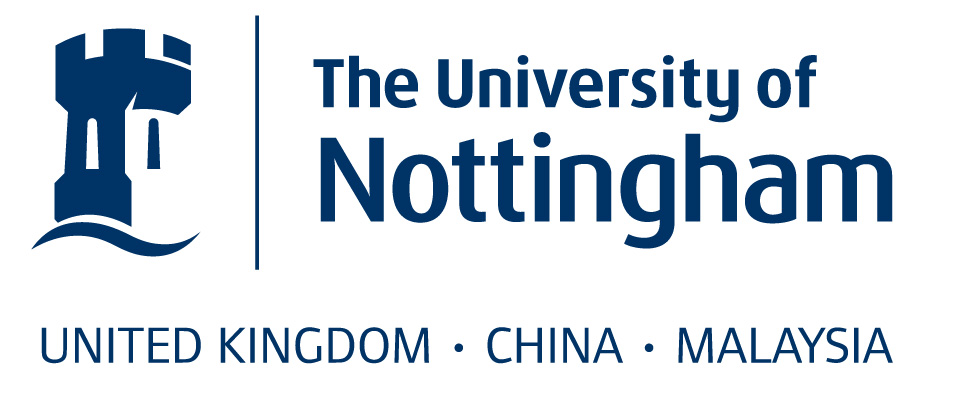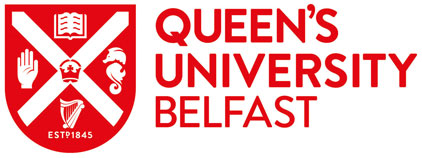Introduction to the research
In September 2016, three months after the EU referendum, language teachers in primary and secondary schools across England were asked to complete what was the fifteenth annual Language Trends survey. The surveys were initiated by what was then the Centre for Information on Language Teaching and Research – later CILT, the National Centre for Languages – and from 2011, when that organization closed, were continued by the CfBT and more recently by the British Council. The aim of the surveys was and is to gather information about the way national policies for languages are being implemented and to reflect the opinions and experiences of teachers to policy makers and other stakeholders. The key policy issues for the 2016/17 research were the implementation of language teaching in primary schools (it became a statutory requirement of the Key Stage 2 national curriculum in September 2014) and in secondary schools, take up and participation in language learning beyond the compulsory phase (age 14+). Since the subject became optional in Key Stage 4 in 2004, numbers taking the subject at GCSE have dropped by 44% (JCQ figures for all UK entries in 2004 and 2017). The introduction of the EBacc as a performance measure for schools in 2011 initially boosted numbers at GCSE, but this has faltered since a new measure – Progress 8 – has watered down the requirement to take a language.
The research uses a sampling methodology in which the achieved sample is designed to reflect as closely as possible the national profile of schools in terms of achievement, geographic area and socio-economic status. The questionnaires were posted online in September 2016 and invitations to complete them addressed to the Languages Coordinator (in the case of primary schools) and the Head of Languages (in the case of secondary schools). 727 responses were received from primary schools and 847 from secondary schools (including 146 from independent schools), giving response rates of 12% for primary, 24% for state secondary schools and 22% for independent secondary schools. It is thought that the findings paint a slightly over-optimistic picture of the situation in primary schools, since the lower response rate may indicate that those responses which were received were skewed towards schools where the subject is taught more coherently and enthusiastically. The results from secondary schools are thought to be a good reflection of the situation nationally.
This article focuses on three key findings from the research which present challenges for policymakers.
1. Inequality in Language Learning
Geographic variation in participation at GCSE
The clearest evidence of uneven participation in language learning beyond the age of 14 comes from figures supplied by the Department for Education (DfE) on the proportions of pupils who attempt a GCSE. The survey findings were presented along with an analysis of these. In Hammersmith and Fulham, which tops the table, 75% of pupils take a GCSE in a language subject, whereas in Middlesborough, the lowest-scoring, only 28% of pupils do so. In Wales, an even smaller proportion take a modern foreign language, though the situation is skewed because both Welsh and English are compulsory for all pupils. In England as in Wales, the lowest-scoring authorities tend to be in the most deprived areas of the country, and which rank low for educational achievement more generally. In contrast, all except one of the highest-scoring authorities (York) are in London. The globally-connected nature of the capital city, with its highly multilingual population, must surely be a factor which contributes to its high participation rates in GCSE languages, although not necessarily in a straightforward way: entries are higher in the traditional languages taught in schools – French, German and Spanish – as well as in languages regarded as ‘community’ languages such as Polish, Urdu and Turkish. Conversely, some other areas of the country which have high proportions of pupils with English as an Additional Language, such as Oldham and Sandwell, do not score highly on this measure. It seems that the relationship between bilingualism and school language learning is not as straightforward as might be thought. Educational outcomes have improved generally in London in recent years as a result of the London Challenge and other measures and this also may have had an impact on participation in languages and vice versa.
Figure 1: Proportions of pupils entering GCSE languages, August 2016 by English local authority – and Wales – (highest and lowest-scoring). Source: DfE

Socio-economic factors in secondary schools
The Language Trends research probed inequalities in language learning further, by analysing the responses to various questions by the socio-economic status of the responding schools, using the proportion of pupils eligible for free school meals (FSM) as an indicator. On the results from secondary schools, it found that high proportions of pupils eligible for FSM correlate with:
•Schools which are more likely to withdraw or excuse whole groups of pupils from language learning in Key Stage 3 (pupils aged 11-14) in order to concentrate on numeracy and literacy in English.
•Schools which are more likely to cut the three years of Key Stage 3 to only two, in order to provide more time for pupils to prepare for GCSE exams. Where this happens, pupils who do not take a language to GCSE find their statutory time for language learning in secondary school reduced by a third.
•Schools which are less likely to offer pupils the opportunity to study more than one foreign language.
•Schools which have low take up for languages at GCSE – confirming the situation implied by the entry figures above.
•Schools which allocate a shorter time per week for languages.
However, in a piece of better news for policy makers, these schools were more likely to be expecting numbers for GCSE languages to increase in future (Tinsley and Board 2017a: 78).
Primary Schools
Further evidence of inequality on socio-economic lines was found in the analysis of the results of the primary survey. Primary schools with high proportions of pupils eligible for FSM are more likely to teach languages for less than 30 minutes per week. Findings from the 2014/15 Language Trends survey showed that primary schools with high proportions of pupils eligible for free school meals were more likely to be in the early stages of introducing language teaching and less likely to monitor and record pupils’ progress. Yet one of the most important rationales for making language learning statutory in primary schools is to ensure that all pupils arrive in secondary school with a similar experience of learning a new language.
Gender
Participation in language learning is also split along gender lines, with girls increasingly outnumbering boys as they progress through the education system. At GCSE, the ratio of entries is 56% females to 44% males, while at A level, this has increased to 64% females to 36% males. In relation to plummeting numbers taking French and German at A level, teachers comment that campaigns in favour of traditionally male-dominated STEM subjects (Science, Technology, Engineering and Mathematics) have encouraged both boys and girls into these subjects away from languages. This suggests the need for a parallel campaign to attract more boys and girls into languages, perhaps highlighting the complementary value of languages and STEM subjects.
2. Implementing language learning in primary schools
The overriding conclusion from the survey of primary schools is that the momentum in the implementation of primary languages is being lost through lack of funding and multiple pressures on primary schools which mean that they are prioritizing other issues. This leads to language classes often being dropped or shortened in favour of other priorities, resulting in a lack of continuity and progression. Whilst in some primary schools, language teaching is now well established, other ‘late-starter’ schools are struggling to meet the requirements of the national curriculum and one in ten do not provide even a minimum of 30 minutes per week. While there has been a modest but identifiable improvement in the expertise of staff employed as language teachers in primary schools – the proportion with underqualified staff (no more than a GCSE in the language they are teaching) has dropped to 28% from 31% in 2014, while the proportion of schools with highly qualified language staff (degree level or bilingual) has increased from 42% to 46% – this improvement has been achieved through recruitment rather than training. Nearly a quarter of primary schools report that they are not involved in any sort of CPD for languages. At the same time there is evidence of diminishing involvement with bodies which have previously supported primary languages such as local authorities, local secondary schools, commercial organizations and also peripatetic specialists, and an increase in those reporting that they have no access to specialist support for languages (30% up from 23% in 2015).
There is also evidence of a huge gap in understanding between primary and secondary teachers, highlighting the need for further training and development. While primary schools confidently expect most of their pupils to achieve the levels of competence set out in the national curriculum by the end of primary school, secondary schools say that very few actually do. Where children do arrive with language skills they attend classes with others coming from feeder primary schools where language teaching has been less rigorous, and secondary teachers find it difficult to build effectively on prior learning. It must be concluded that a new impetus is needed to ensure that the development of language teaching in primary schools continues apace, that primary teachers are able to improve their own expertise and confidence through appropriate training, and that ways are found for secondary teachers to capture and build on the undoubtedly valuable experiences of other languages and cultures that many pupils are already gaining in primary schools.
3. Brexit
The third key challenge arising from the research is the challenge of Brexit itself. Whilst in the immediate aftermath of the vote to leave the EU, schools did not report any immediate impact, the research exposed a number of areas in which changes in the UK’s relationship with the countries whose languages are most often taught in schools threatens to damage the already fragile situation for languages.
Language teachers, many of them non-UK EU nationals, are concerned about their own status or that of colleagues, and about the future supply of language teachers from France, Spain and other EU countries. It is not known what proportion of the language teaching workforce in England are nationals of EU countries, although estimates suggest around 35%. In Wales, one third of schools employ EU nationals from outside the UK as language teachers (Tinsley and Board 2017b). It is likely that the proportion of schools in England, where there are bigger, more diverse language departments, is much higher, and this is something which will be examined in the next Language Trends survey. There are already concerns generally about the recruitment and retention of language teachers, and a worsening of conditions of employment for EU citizens from outside the UK could make this more acute.
Survey respondents are also concerned about future access to the European Erasmus+ programme and the threat to opportunities for funding to support training, school links and overseas visits. Teachers also report that the opportunity to spend a term or a year abroad through the Erasmus+ programme is an attractive incentive for many bright young linguists facing A level and university study choices. They are fearful of the impact on take up for languages if these opportunities cease.
Some schools, particularly those in isolated or deprived areas, also report parents and pupils questioning the value of language study now that the UK is leaving the European Union. If participation in language learning declines further as a result, the disparities noted above are likely to grow and the social and cultural divide they represent will become wider.
Our overall conclusion is therefore that there is an urgent need to ‘reboot’ language learning through an injection of funds, political will and a national programme of awareness-raising on the linguistic skills the UK will need to succeed post-Brexit.
Conclusions
The research has important implications for policy makers within and beyond the education system. The problems of language teaching at school are complex and multifaceted. At one level, trying to understand them takes us into a global dimension of the widespread use of the English language in the world today and what is often a rather narrow and instrumentalized view of what language learning is for. However, at another level, there are barriers to achieving more widespread participation in and satisfaction from language learning which are internal and closely connected with the rigid measures of success and accountability within our educational culture. So far the solution applied to boosting language education has been to tweak these measures through the EBacc policy and this has had some, although limited, success. It seems likely that a much more holistic and long-term strategy will be needed to transform attitudes and achievement in language education for all pupils, starting with a solid base in primary school (Department for Education and Skills 2002).
Further reading
Board, Kathryn and Teresa Tinsley. 2015. Language Trends 2014/15, the state of language learning in primary and secondary schools in England. (CfBT). <https://www.britishcouncil.org/sites/default/files/language_trends_survey_2015.pdf>
Department for Education and Skills. 2002. Languages for all. Languages for Life. A strategy for England. <https://www.languagescompany.com/wp-content/uploads/the-national-languages-strategy-for-england-1.pdf>
Tinsley, Teresa and Kathryn Board. 2017a. Language Trends 2016/17, language teaching in primary and secondary Schools in England. (British Council). <https://www.britishcouncil.org/sites/default/files/language_trends_survey_2017_0.pdf>
Tinsley, Teresa and Kathryn Board. 2017b. Language Trends Wales 2016/17, the state of language learning in secondary schools in Wales. (British Council Wales). <https://wales.britishcouncil.org/sites/default/files/language_trends_wales_2016-17_0.pdf>
“;}}






